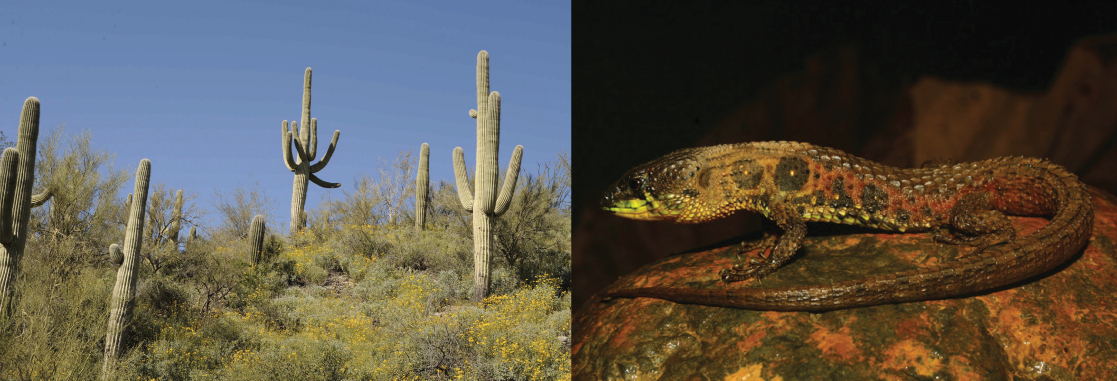9.1 Introduction
Mary Ann Clark; Jung Choi; and Matthew Douglas

All living organisms, from bacteria to baboons to blueberries, evolved at some point from a different species. Although it may seem that living things today stay much the same, that is not the case—evolution is an ongoing process.
The theory of evolution is the unifying theory of biology, meaning it is the framework within which biologists ask questions about the living world. Its power is that it provides direction for predictions about living things that are borne out in ongoing experiments. The Ukrainian-born American geneticist Theodosius Dobzhansky famously wrote that “nothing makes sense in biology except in the light of evolution.”1 He meant that the tenet that all life has evolved and diversified from a common ancestor is the foundation from which we approach all questions in biology.
Footnotes
- 1 Theodosius Dobzhansky. “Biology, Molecular and Organismic.” American Zoologist 4, no. 4 (1964): 449.
Chapter 18 in OpenStax Concepts of Biology 2E

